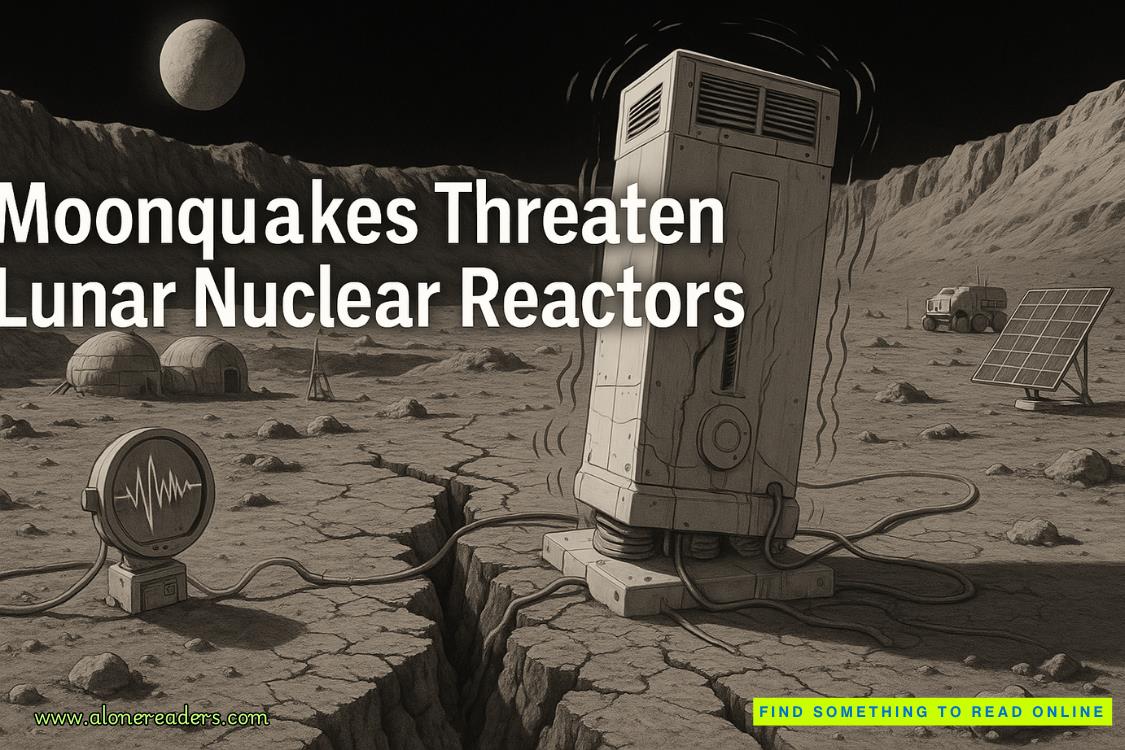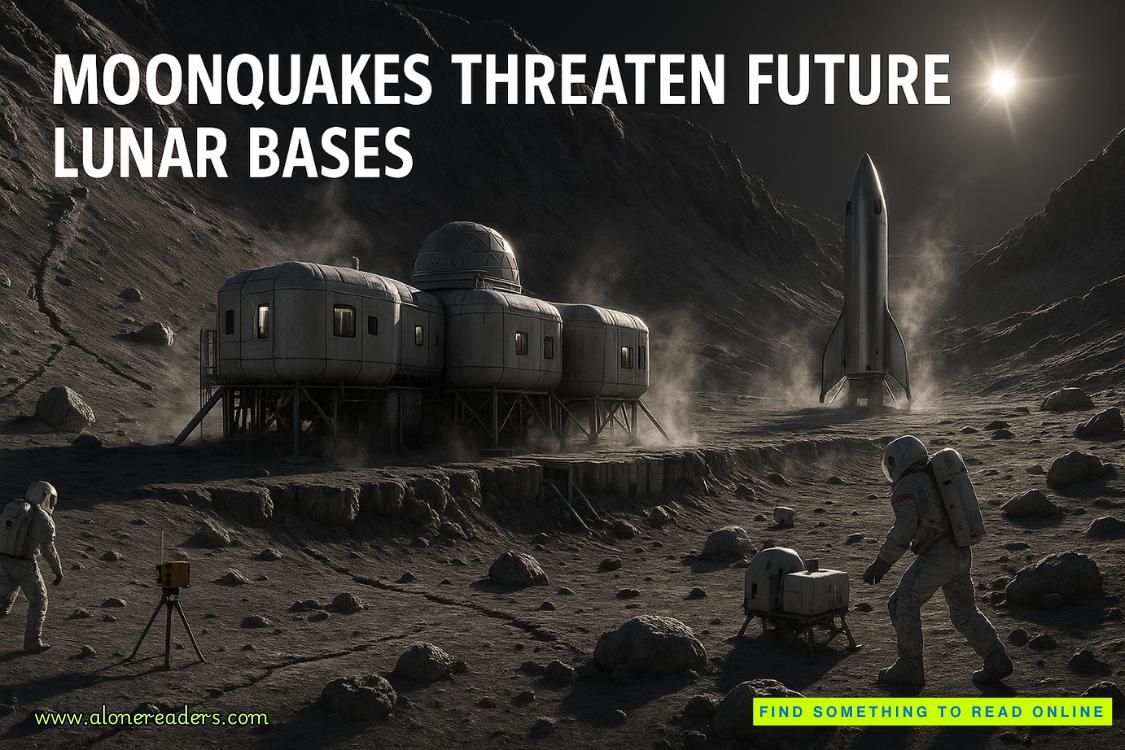Page 61 of BZRK: Reloaded (BZRK 2)
The biots could not see distances well. So Plath knew that the massive, Everest-size mountain off in the distance was her nose, but she wouldn’t easily have recognized it as such.
“Ahh, what the hell?” she cried. A long, low, dark berm was directly ahead. The rough blanket of skin cells suddenly rose, looking like some kind of burial mound, like some dark tumor.
“Freckle,” she said, relieved to realize what it was.
“I like your freckles,” Burnofsky said up in the world. “I’m sure your English friend admires them as well.”
She skirted the freckle and saw more of them across the landscape ahead.
As she neared her lip the fine hairs appeared, much smaller than eyelashes, less like scaly palm trees and more like widely scattered stalks of wheat. It was impossible to avoid the sensation that she was racing across a fantasy landscape, something out of a science-fiction movie. And while that was happening she was accepting a can of soda from Billy, who had been sent to the 7-Eleven down the block to bring in supplies.
Her biots saw the soda can—an unimaginably large object, a Hindenburg rendered in lurid red—arise from the horizon and seemingly crash into the landscape ahead.
The Coke went down her throat.
“There’s a slight scratch where he brushed against you, I think,” Keats said, up in the world. He was looking closely at her neck. “You’re sweating. Don’t move.”
She turned her biots and saw the wall of water racing toward her. It was a glistening ball, more like a water balloon rolling down a hill than a drop of water, solid rather than liquid.
She cut sideways sharply but just then a pillar came stabbing down out of the sky.
In the macro she saw Keats’s finger. He touched the drop of sweat. He was very close to her, which may have been why she was sweating, or maybe it was that she hadn’t taken off her coat and it was humid in the church.
At the nano level something the size of the world’s largest sequoia intersected the sweat drop, bursting its illusion of solidity. His fingerprint was turned toward her, a desiccated farmland of weirdly plowed furrows. It stabbed into the yielding flesh of her cheek, which bent the very fabric of the “ground” beneath her feet.
She saw his face. Both versions. One with concerned blue eyes, a vertical worry line between his eyebrows, a mouth pursed in concentration.
And the other version, a sky-filling enormity, a falling moon with distant smears of features, a towering volcano with twin calderas, two lakes so vast you could sail them, an elongated red spot to rival the one on Jupiter: his mouth.
“Thanks,” she said.
“No problem,” said the red spot. The wind from his mouth bent the reeds and ruffled the pollen grains.
Plath noticed Billy standing to one side, staring. “You know about this?” she asked him.
“The game? Biots and all? Sure I know.”
“The children’s war,” Burnofsky said. “The game. Always the game.”
In both the nano and the macro Plath saw Keats’s eyes widen. The huge sky-wide face turned away. “Shut it, old man. You work for the Armstrongs? Then this is your fault. Your doing. So if you want to smirk, you know what, maybe I can get past my usual reluctance to smack a helpless old man.”
Burnofsky’s pale eyes rolled, but he fell silent.
Plath continued all the while racing down the length of her cheek. “Put a finger near the scrape you said you saw.”
Keats did. His finger touched her throat. It was further to the right than she’d expected, she must have come too close to her own lips. Now she corrected her course, barreling toward the finger pillar.
She was away from the downy hairs now, upside down beneath her jaw in deep shadow cast by the harsh bare bulbs. Her neck was at right angles, but the curve was gentle and almost unnoticeable to her weightless biots. The tiny talons in her twelve legs easily gripped the dusty . . .
And there it was.
It lay on the surface of her skin. It was a gooey ball, almost like a wad of gum, or spit, a roughly spherical wad that adhered to her skin.
She slowed to approach it cautiously. One biot to the right, one to the left, two visuals added to her own true eyes, each a picture formed in her visual cortex. The pictures didn’t so much overlap as coexist, separate but simultaneous, a large-screen macro and two picture-inpicture smaller visual fields.
“I see it,” she said. “You can pull your finger away.”
“What does it look like?” Keats asked.















